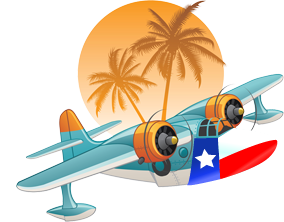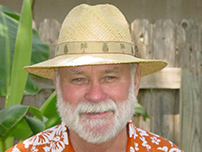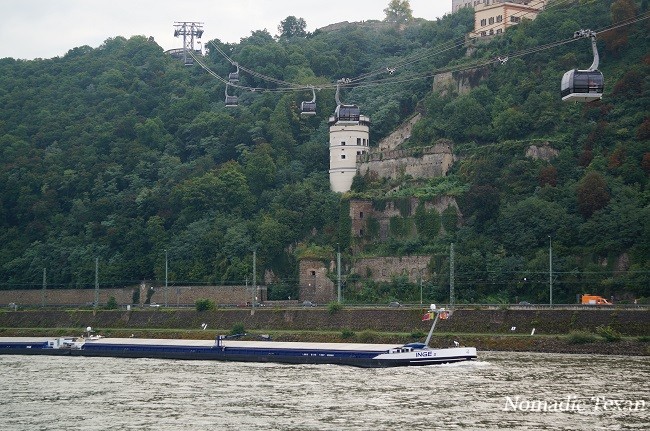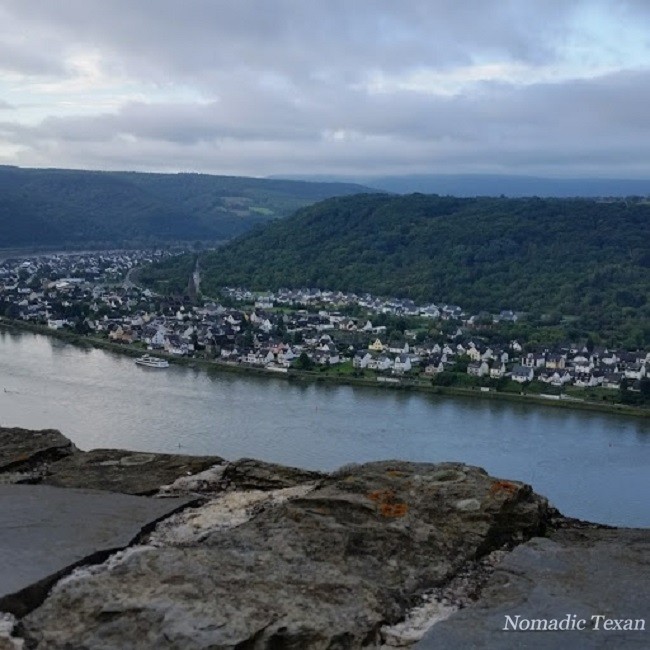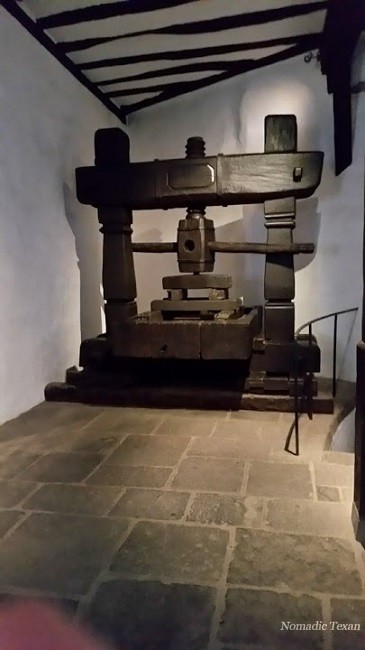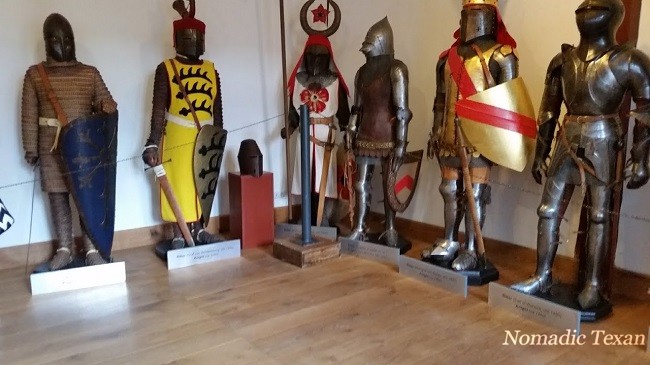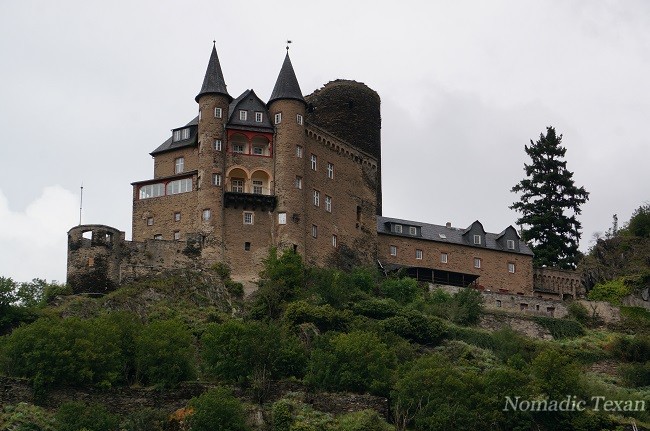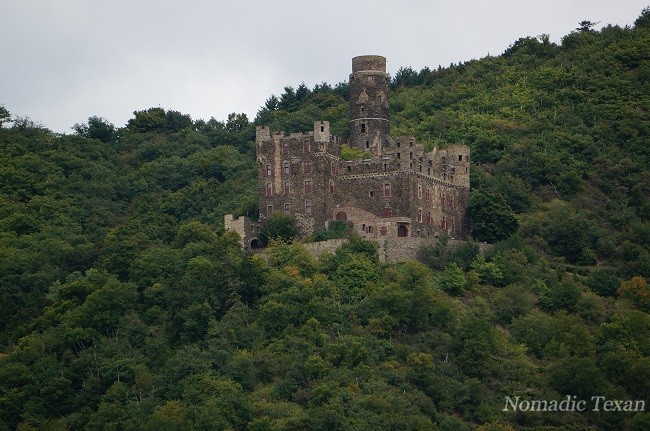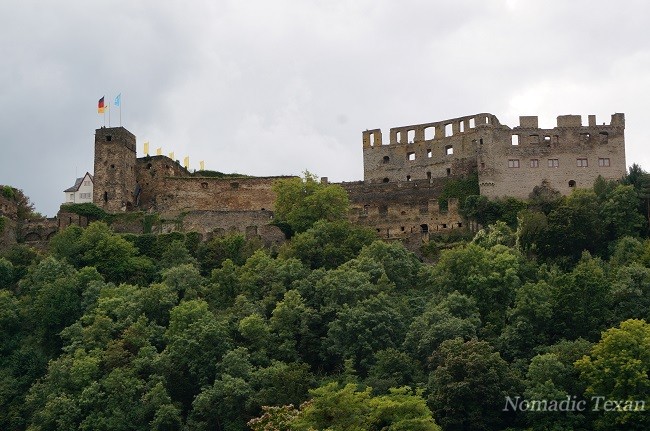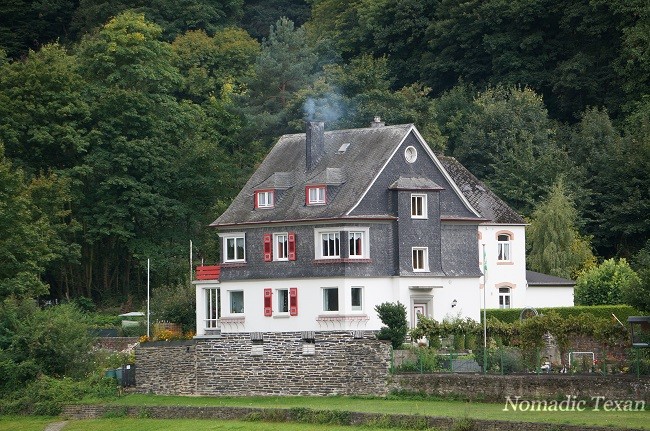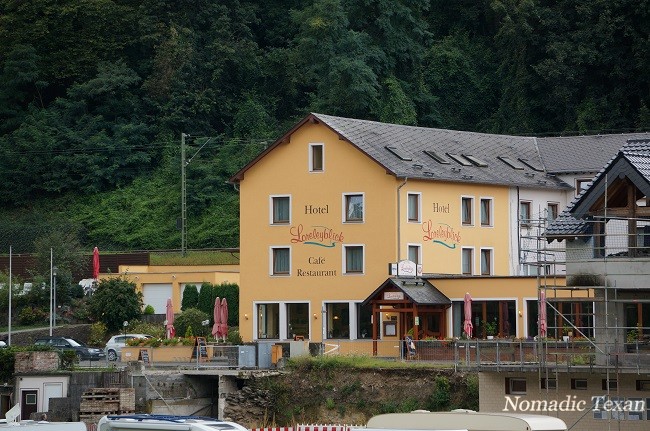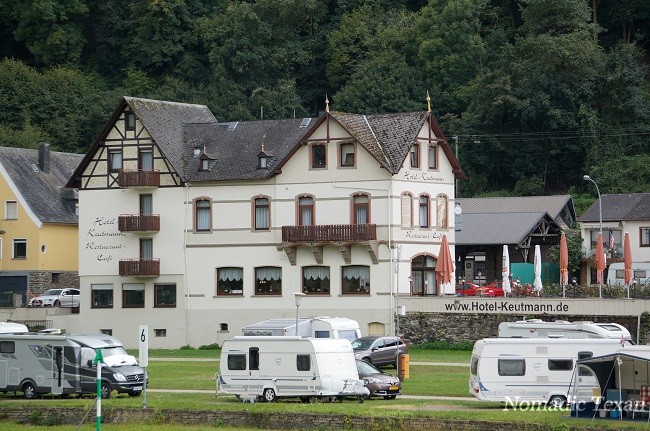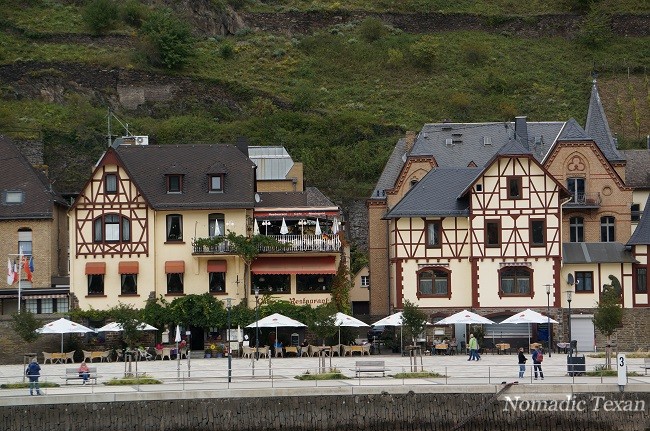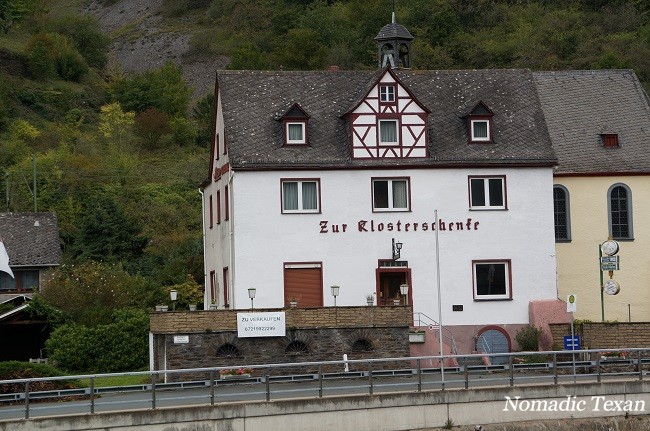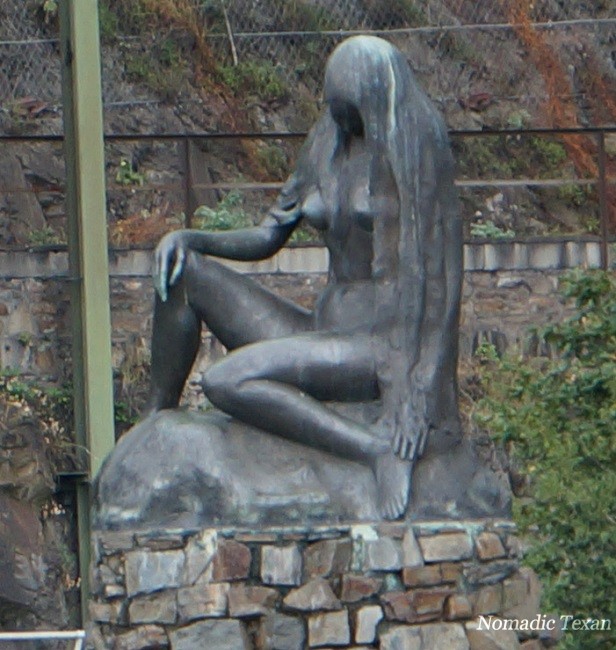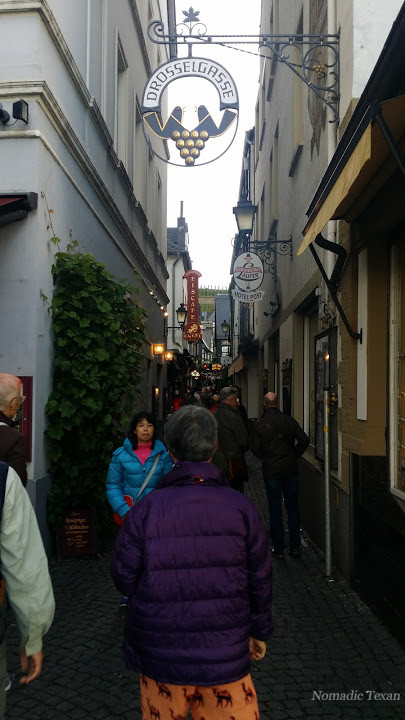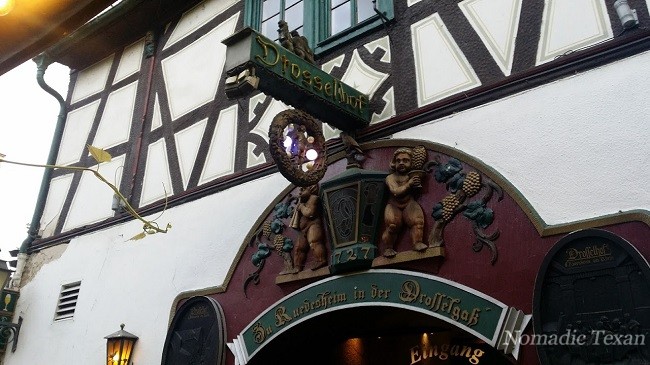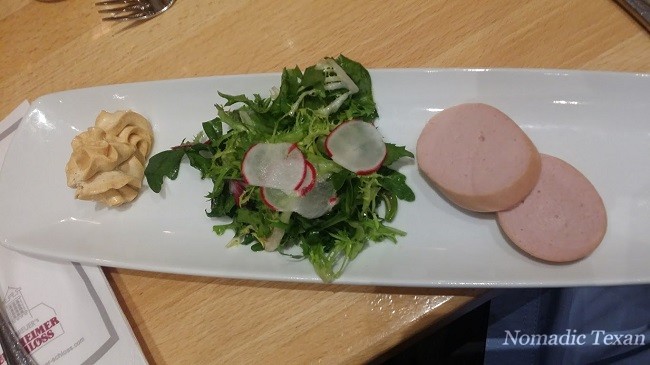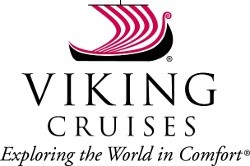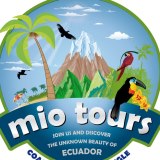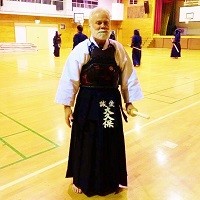Viking Ocean Cruise Into the Midnight Sun Post #6, Honnigsvag (Nordkapp)
We docked in Honnigsvag with Viking Ocean Cruises, and unfortunately had our first really bad day of weather. I know that we had been substantially lucky before this, given Norway’s preponderance of rain.
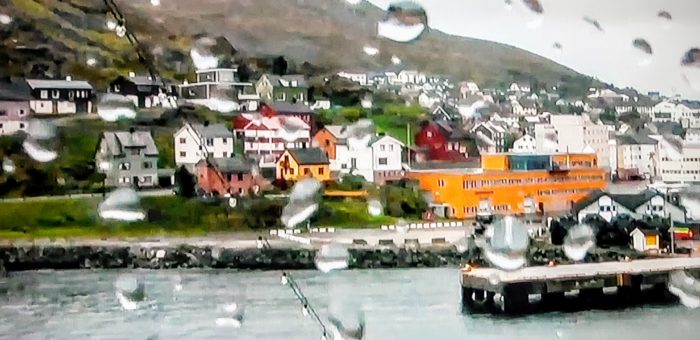
Honnigsvag Dock When We Arrived
As we traversed the countryside it appeared we wouldn’t experience good weather, as our views from the tour bus continued to reflect the rain falling. The further we drove it seemed the more it rained.
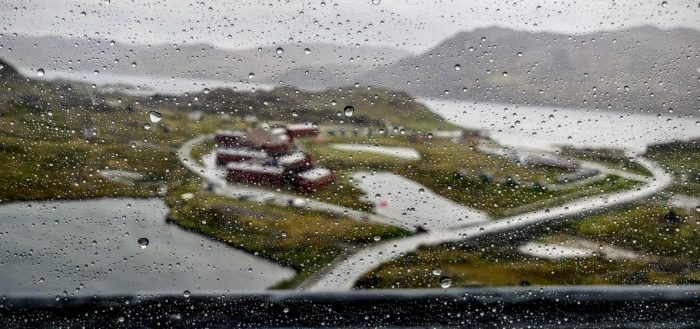
Crossroads Inland in Honnigsvag
When we stopped for the Sami souvenir shop the weather mysteriously cleared up enough to where we didn’t’ need our umbrellas anymore. The Sami people also (Saami) are an indigenous people of Northern Europe occupying Sapmi. The Sapmi area includes portions of northern Sweden, Norway, Finland and the Kola peninsula of Russia. Their lifestyle was controlled by hunting, fishing and trading until the late middle ages. This is when the current framework of the Nordic countries was organized.
This young man was not only a local guide who told us about Sami culture, he was also an entrepreneur with around 5,000 head of reindeer. He herded the deer back and forth through channels between islands for summer grazing. He explained how they make use of the entire animal, not just the meat involved. He was definitely a very hard working young man!
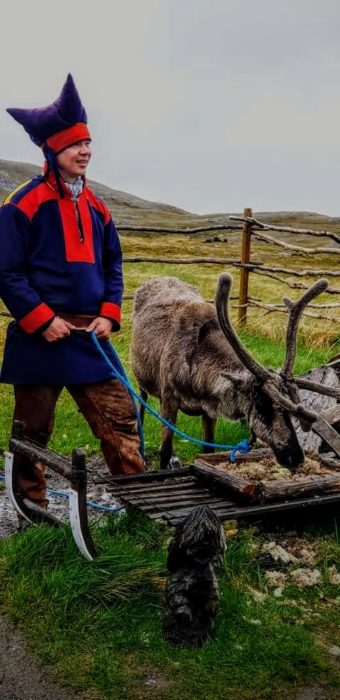
Sami Entrepreneur
The Sami people have lived in partnership with their neighbors for centuries. For the last 200 years there have been many compelling changes in Sámi culture, politics, economics and their kinship with their adjoining cultures. This has been especially true during the latter half of the 20th century. Rivalries broke out over the development of a hydroelectric dam. The announced deal created a major disagreement, as the man made lake generated from the dam would flood the Sami village of Maze. It also would have had an adverse impact on the Sami’s reindeer migration and wild Salmon fishing.

Mounted Reindeer in the Sami Souvenir Shop
In the fall of 1979, as building of the dam was ready to start, dissidents executed two acts of passive resistance at the construction site located in Stilla. Demonstrators sat down on the ground and impeded the equipment. At the same time, Sami activists began a hunger strike outside the Norwegian Parliament. They were charged with disobeying laws against rioting. The various Sami families of people ended all cooperation with the Norwegian government. Two Sami women even traveled to Rome to seek the Pope’s blessings. In 1982 the Norwegian Supreme Court ruled in favor of the government, at which point all opposition to the power plant ceased. The construction of the Alta Hydroelectric Power Station was completed by 1987.
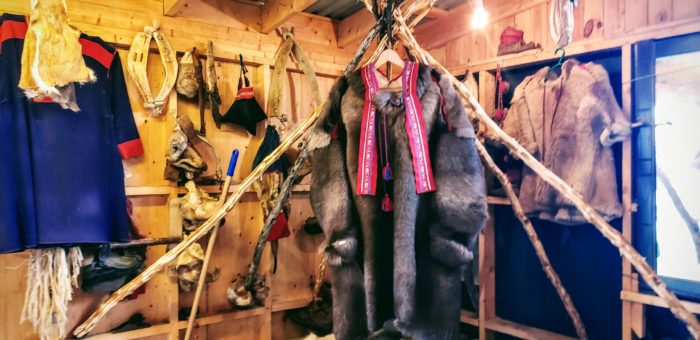
Reindeer Fur Coat and Other Products in the Sami Souvenir Shop
Norwegians were arrested and incarcerated for the first time since World War ll. It not only succeeded at placing focus on environmental issues, but also on Sami rights. In the end the acts of civil disobedience by the four leaders, Alfred Nilsen, Tore Bongo, Svein Suhr and Per Flatberg (information leader), resulted in each being arraigned with encouraging illegal acts. They were later given fines (10 000 to 20 000 Norwegian kroner) and levied with suspended prison sentences (60–90 days).
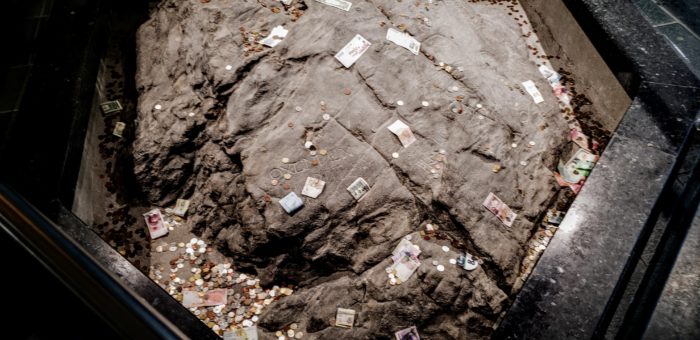
Rock That the Thai King Chulalongkorn Helped Build Nordkapp From
In 1907 a king from Siam traveled through Europe and wanted to visit Norway. He was received warmly by King Hakon and Queen Maud when he arrived. This marked the beginning of a friendly relationship between the Siam/Thailand and Norway. The king’s impression of Norway was recorded in several handwritten letters. These letters were later published in a book titled Klai Ban (Far from Home). His thoughts still inspire people of later generations in many ways.
He then made his way north to Nordkapp and carved his initials and the year visited in the largest bolder on site. Praya Chonlaut had brought engraving tools but the landscape was too barren except for this one huge boulder. The carpenter and sailors started smoothing the rock. The king drew his initials and the Arabic numbers for 1907. Then the team of five men finished the engraving in no time. Without King Chulalongkorn’s contribution Nordkapp may have never been established nor the North Cape complex built.
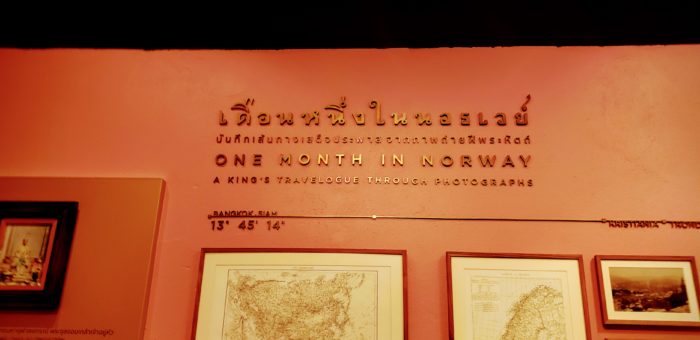
King Culalongkorn Museum in Underground Nordkapp
King Chulalongkorn established the hierarchical system of monthons (political circles) in 1897 in Siam. This had a major impact, as it ended the power of all local dynasties. Central authority was now spread all over the country through a committee of intendants. Local rulers did not cede power willingly. All these rebellions were crushed in 1902 with the city rulers stripped of their power and imprisoned.
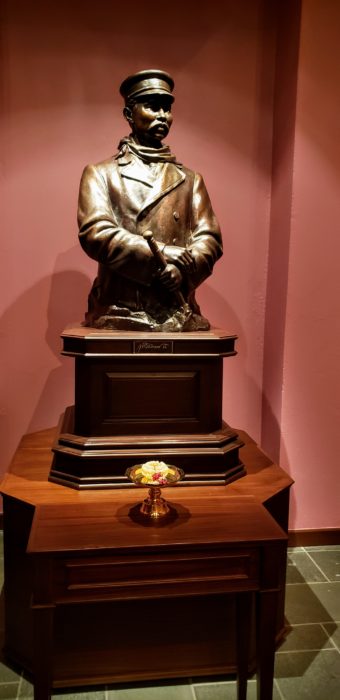
Memorial Bust of King Chulalongkorn of Siam
The construction of railways in Siam had a political motivation, The intention was to connect all of the country and maintain better control of it. In 1901, the first railway was opened from Bangkok to Korat. In the same year, the first power plant of Siam produced electricity and electric lights first illuminated roadways. Both were historical models for the region.
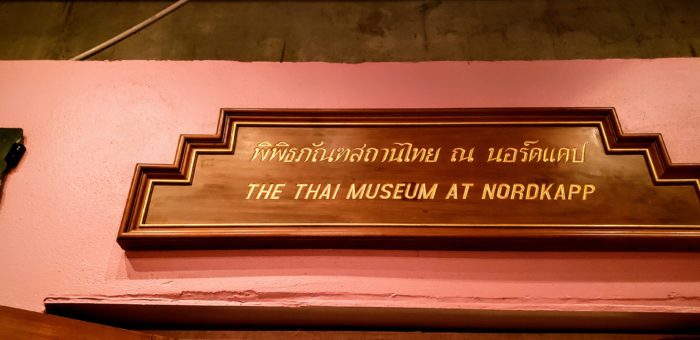
Plaque for Thai Museum at Nordkapp
The king was known for several actions while he was ruling, but Chulalongkorn was best known for his abolition of Siamese slavery. He associated the abolition of slavery in the United States with the bloodshed of the American Civil War. His last accomplishment was the establishment of a plumbing system in 1908. The King died on 23 October 1910 of kidney disease at the Amphorn Sathan Residential Hall in the Dusit Palace, and was succeeded by his son Vajiravudh (King Rama VI).
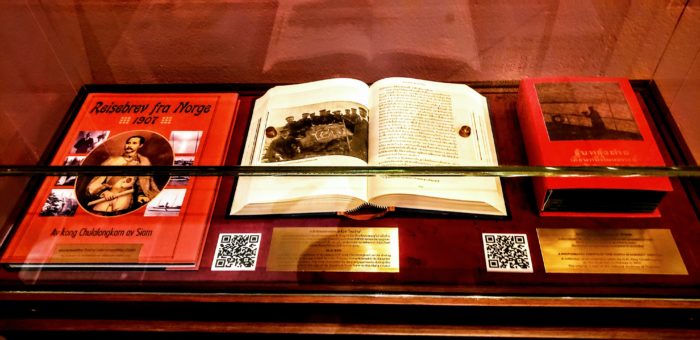
Book of Letters from King Chulalongkorn in Regard to His Visit to Norway
The royal Equestrian statue of King Chulalongkorn was finished in 1908 to celebrate the 40th anniversary of the king’s reign. It was cast in bronze by a Parisian metallurgist. Chulalongkorn had visited Europe twice, in 1897 and 1907, the latter visit to cure his kidney disease. Chukakongkorn University, founded in 1917 as the first university in Thailand, was named in his honor. On the campus stand the statues of Rama V and his son, Rama VI. In 1997 a memorial pavilion was raised in honor of King Chulalongkorn in Ragunda, Sweden. This was done to commemorate King Chulalongkorn’s visit to Sweden in 1897 when he also visited the World’s Fair in Brussels.

St Johannes Underground Chapel in Nordkapp
As we walked through the halls of the underground domain we discovered a unique chapel, “St Johannes Kapell Chapel”. It was very inviting and comforting with its unusual attributes. There was seating for 15 people and is a popular place for weddings. It happens o be the world’s northernmost ecumenical chapel.
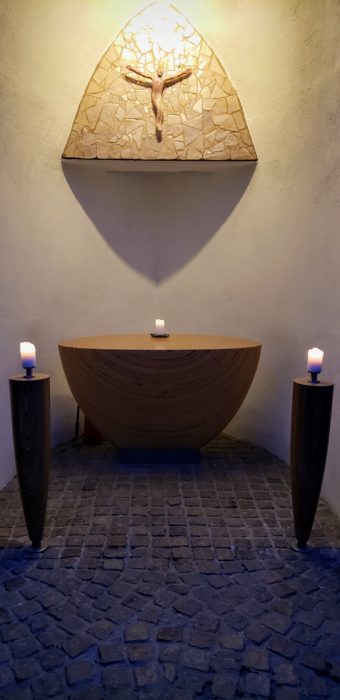
St Johannes Underground Chapel in Nordkapp
The European long-distance trails or paths are a network of 12 long-distance hiking trails that crisscross through all of Europe. They offer more than 34,175 miles of great hiking and every single E-trail or E-path runs through a few European countries, providing the chance to explore country, culture and traditions. One of these numbered long-distance hiking trails, the E1 – with more than 4,350 miles the longest and the first, runs from Europe’s Northernmost point the North Cape all the way down to Sicily. This trail provides a hiker’s challenge par excellence! The marker above signifies its beginning at North Cape.
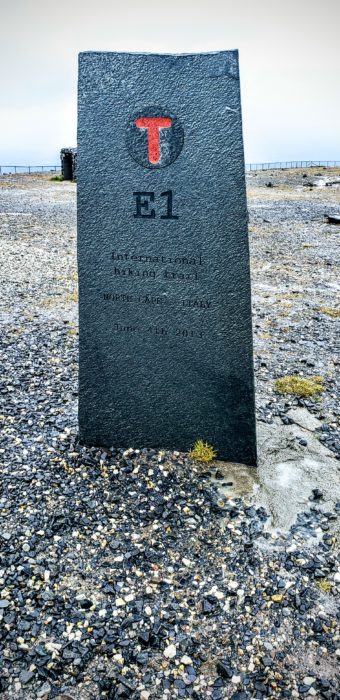
International Hiking Trail Marker
North Cape, Italy
June 4, 2013
I will never forget my visit to Honnigsvag Norway with Viking Cruises and the unbelievable wind, as I approached the globe on the point of Nordkapp. It was almost hurricane strength and I was trying hard to stay upright and not crawl on my hands and knees to reach the globe. Once I reached the point it was all I could do to hold my smartphone and not have the wind blow it away. The views were extraordinary and I thankfully had a railing to wrap my free hand around. My DSLR camera was another matter. I’m not sure if you’ve ever had to embrace a railing with one hand and your camera with the other hand, but it is definitely hard to accomplish. Thankfully everything worked out.

Nordkapp Globe
North Cape or Nordkapp is a cape, not a peninsula on the northern coast of the island of Mageroya in Northern Norway. It is located in Finnmark county, Norway. The E69 European Highway has its northern end at North Cape. This makes it the northernmost point in Europe that can be accessed by car and makes the E69 the northern most public road in Europe. The cape includes a 1,007 foot cliff with a large flat plateau on top.

Obligatory Norwegian Troll in Nordkapp Hall
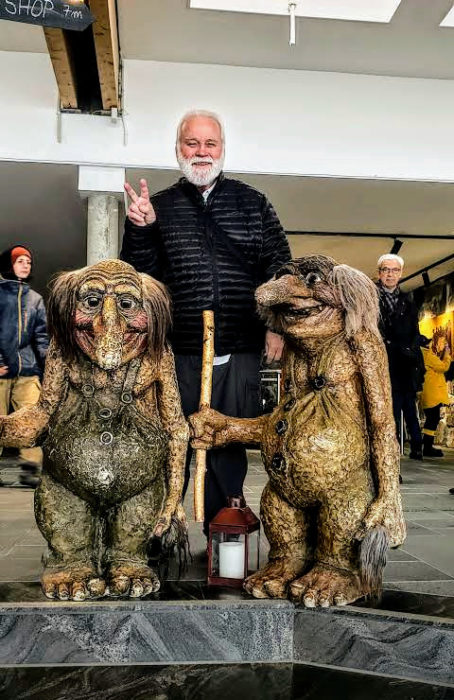
Nomadic Texan at Nordkapp Hall with a Norwegian Troll
From this plateau visitors, weather permitting, can watch the midnight sun and views of the Barents Sea to the north. North Cape Hall, a visitor center, was built in 1988 on the plateau. It includes a bistro, restaurant, post office, souvenir shop, a small museum, and video cinema. The North Cape is northern Scandinavia’s most popular travel destination, for good reason. The North Cape is a monumental natural experience, along with breathtaking views, unusual climate conditions, the impressive cliff itself and the fact that one is standing at Europe’s northern end.
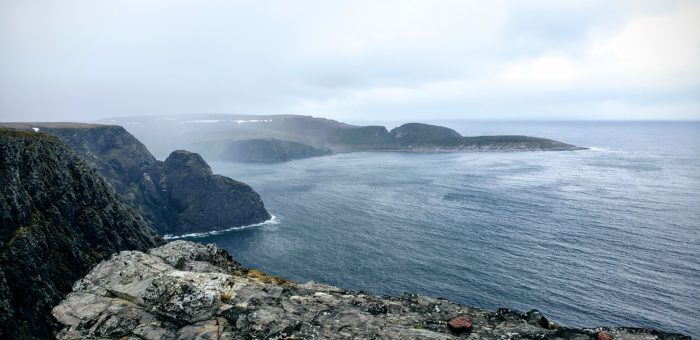
View of Barents Sea from Railing around Nordkapp Globe
The steep cliff of North Cape is often (mistakenly) referred to as the northernmost point of Europe, located approximately 1,307 miles from the North Pole. To be accurate, the neighboring Knivskjellodden point, just to the west extends 4,780 ft farther to the north. The North Cape is the point where the Norwegian Sea, part of the Atlantic Ocean, meets the Barents Sea, part of the Arctic Ocean. The northernmost point of Europe including islands is hundreds of miles further north, either in Russia’s Franz Josef Land or Norway’s Svalbard archipelago, depending on whether Franz Josef Land is considered to be in Europe or in Asia.

View from Railing around Nordkapp Globe
Nordkapp – The North Cape Horn has always been a well-known an important point of orientation for all boats and ships. The rock has had a great variety of names and it was only in the mid 16th century that it was given the present name. The Midnight sun can be seen from 14 May to 31 July. The sun reaches its lowest point between 12:14 am and 12:24 am (00:14 and 00:24) during those days. In 1943, the Battle of North Cape was fought in the Arctic Ocean off this cape, where the Nazi battleship Scharhorst was eventually sunk by gunfire from the British battleship HMS Duke of York and torpedoes from the Norwegian destroyer HNoMS Stord, and other ships of the British Navy.
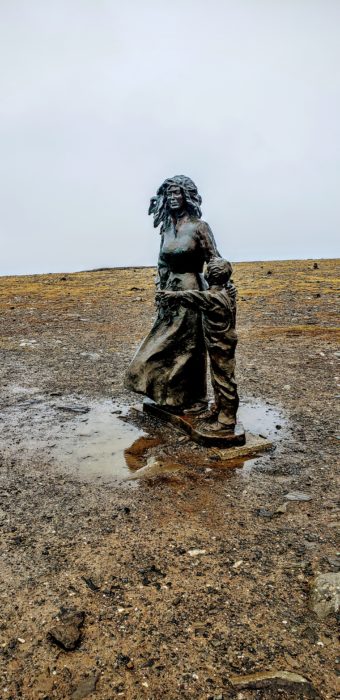
Children of the World Bronze Sculpture
The “Children of the World” sculpture was started in 1988 when author Simon Flem Devold, a well known Norwegian writer and friend of children, randomly selected seven children from seven countries – Tanzania, Brazil, USA, Japan, Thailand, Italy and Russia — to visit the North Cape to dream of “Peace on Earth“. The children stayed with families in the fishing settlement of Skarsvag on Mageroya island, At the nearby North Cape they spent a week creating their own motives in clay.
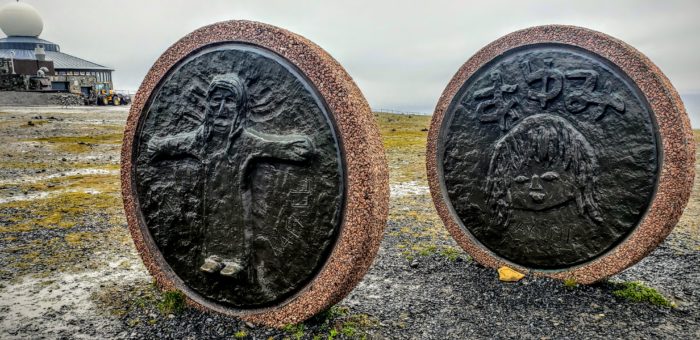
Children of the Earth Disks
In June 1988, seven boys and girls from as many countries on several continents converged on the cliff to create reliefs of clay with motives reflecting their creativity and emotions. The youngsters who in this manner demonstrated the congenital desire of children everywhere to have a good time and be friendly toward each other, were Jasmine from Dar-es-Salaam in Tanzania, Rafael from Rio de Janeiro in Brazil, Ayumi from Kawasaki in Japan, Sithidej from Bangkok in Thailand, Gloria from Jesi in Italy, Anton from Murmansk in the (former) Soviet Union and Louise from New York City, USA. From the very beginning, they were called The Children of the Earth.
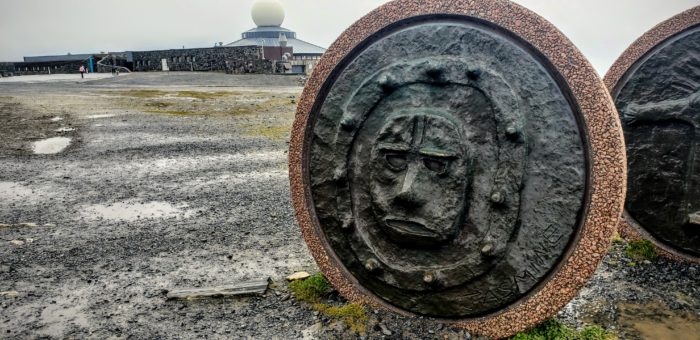
Children of the Earth Disk
The first child made “an African man”, the second modeled a self portrait. The third made “a beast of the past”, the fourth modeled “a lady with bow in rain and sunshine”. The fifth created a bird of peace, the sixth an image of Christ. The last child had wanted to make a cat, but ended up with a man with a hat and beard. The project was followed through daily broadcasts on national TV. All seven children experienced great fun with no linguistic or other barriers.

All Seven Children of the Earth Disks
Including the 30th annual ceremony in June 2018, The Children of the Earth Prize has been awarded to a total of 27 individuals (20 women and seven men) and seven organizations. The prize (3,45 million NOK in all), has been given to nine projects in Africa, seven in Europe, four in Asia, four in Central America/The Caribbean, three in South America, three in the Middle East and one in Norway.

Barn av Jorden, Children of the Earth Disk
In 1989, the original clay reliefs were cast in bronze, framed in granite and erected permanently on the the North Cape plateau. Along with the lovely bronze sculpture “Mother and child”, created by artist Eva Rybakken, they now form a harmonious entity – The Children of the Earth Monument.
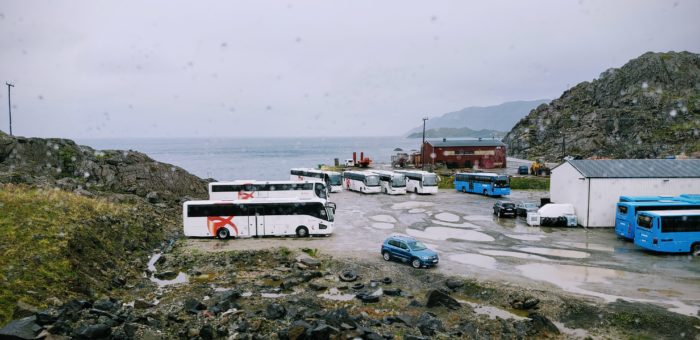
Rainy Day at the Bus Terminal
We left Nordkapp and began our ride back to the ship. Along the way we saw several places of business and houses of citizens living in Honningsvag. Of course the rain continued and we ran out of time. All my photos were then shot through rainy windows of the bus, My apologies.
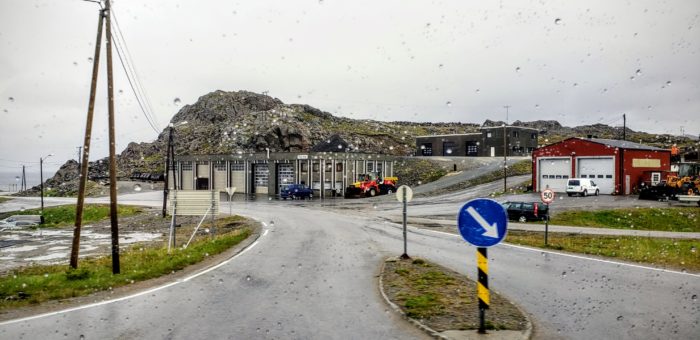
Rainy Day at the Construction Headquarters
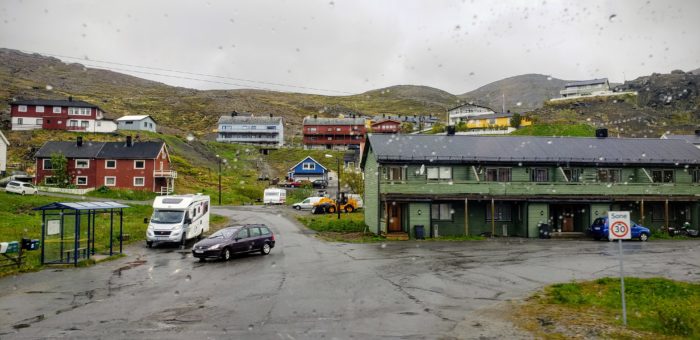
Rainy Day in the Neighborhood
Finally the wonderful Viking Sun loomed ahead and we returned to the ship cold, wet and hungry. The good news was we had several experiences in this far northern section of the world that we will remember forever!
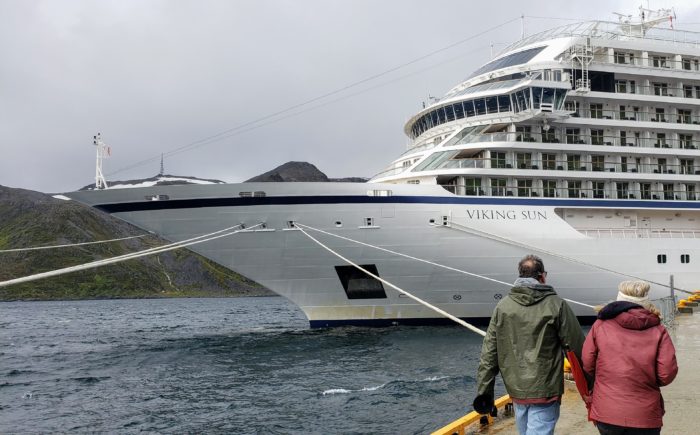
Viking Sun Docked in Honnigsvag
Onward across the Norwegian Sea to Scotland and the Shetland islands. I couldn’t wait to see the miniature horses that this area is know for. Little did I realize how many other attributes the islands had!
*** Portions of our cruise were sponsored by Viking Ocean Cruises. All opinions, as always, are those of my own.
